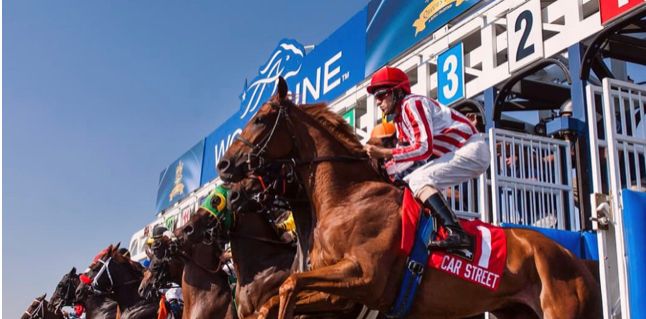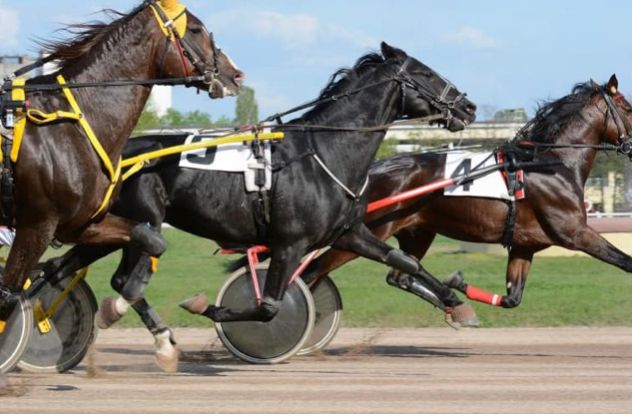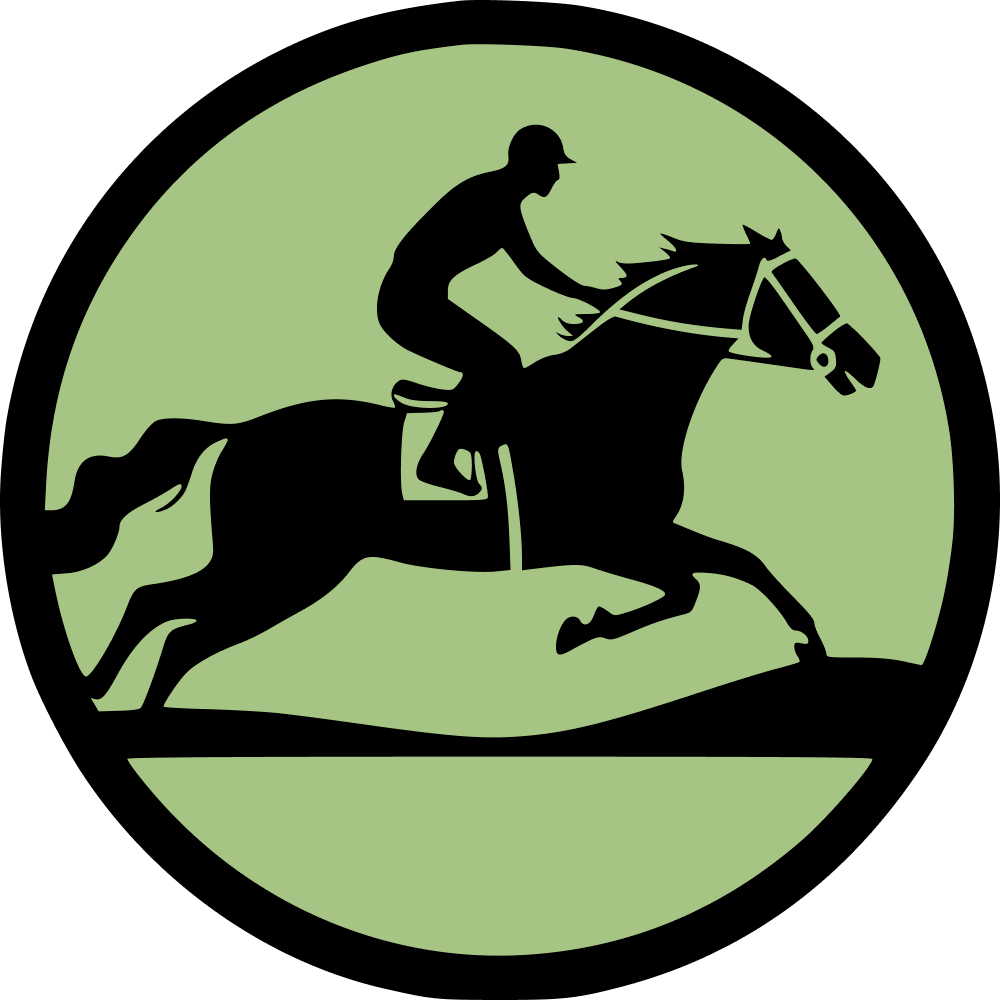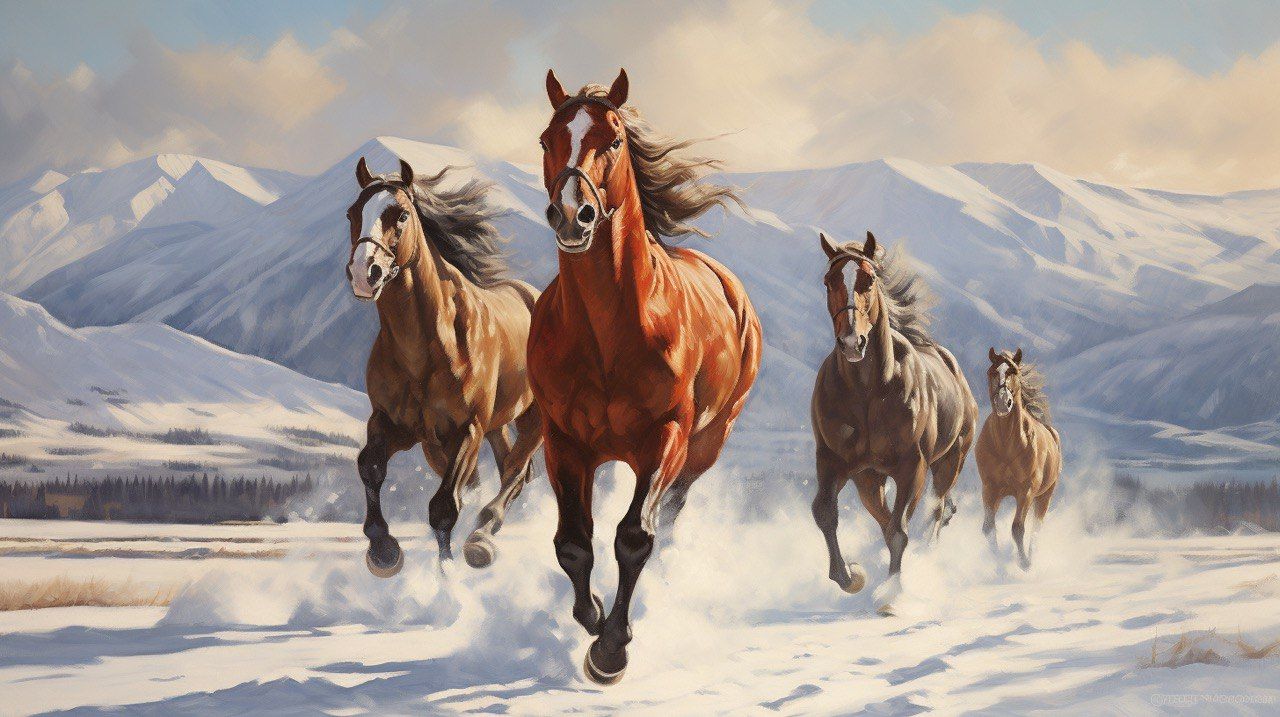In Canada, the horse racing season gracefully unfolds throughout the year, interrupted only for thoroughbreds from December to March. Harness racing, however, maintains a continuous cadence, allowing enthusiasts to place their bets year-round, with the pinnacle of activity on Fridays, Saturdays, and Sundays.
The Thoroughbred Reign: Equestrian Elegance in Canada

At the pinnacle of equine prestige in Canada stands the thoroughbred, commanding unparalleled love and interest. The annual horse sales, overseen by the Canadian Thoroughbred Horse Society (CTHS), testify to the breed's allure. This dedicated society not only compiles a comprehensive list of the country's breeders but also orchestrates incentive and bonus programs, collects vital statistics, and conducts auctions. The 2023 CTHS report revealed that in Ontario alone, 166 horses were sold for a total of $3,947,200, with the most coveted steed fetching an impressive $150,000.
The term "Purebred" aptly encapsulates the breed's essence, tracing its roots to meticulous English breeding practices. Literally translated as "bred to perfection," a purebred lineage emerges from generations of crossings without introducing foreign genes. The foundational trio of the breed comprised the Turkish stallion Bayerley Turk (1668), Arabian stallion Darley Arabian (1710), and the Barbary horse Godolphin Barba (1730). Through extensive crossbreeding and rigorous selection, a superior purebred breed emerged, surpassing its ancestors in height, strength, and agility. The General Stud Book (GSB), inaugurated in 1793, officially marked the breed's registration, documenting horse breeds in England and Ireland.
On the American continent, the American Stud Book, initiated in 1868, plays a similar role. Maintained by the American Jockey Club since 1896, it registers purebreds born in the USA, Canada, and Puerto Rico. The integrity of the breed is meticulously preserved through the registration requirement that spans up to the 9th generation. Thoroughbred horses carry an air of exclusivity and aristocracy, participating in the most attended and revered competitions globally. Bets on these majestic creatures can be placed either at the racetrack or remotely, and the Pari-Mutuel system governs Canadian horse racing. Noteworthy events like the Canadian International and Woodbine Mile boast substantial prize funds, with the Triple Crown at Toronto's Woodbine Race Course and Fort Erie Speedway standing as the pinnacle of prestige for both horse and jockey.
Standardbred Splendour in Canadian Harness Racing

In the realm of Canadian horse racing, another distinguished hero takes the stage—the Standardbred. Also known as the American Trotter, this breed emerged in 19th-century America, tailor-made for harness racing, a testament to its name reflecting adherence to strict standards. Speed, a hallmark for this breed, mandates a minimum pace of 2 minutes 30 seconds per mile (1609.7 m). The Standardbred lineage is a fusion of thoroughbreds, American pacers, and European trotters, with the inaugural standard adopted in 1879. Hambletonian 10, a legendary American trotter, stands as the progenitor of Standardbreds, and his lineage courses through almost all representatives of this breed.
Distinguishing features of Standardbreds include slightly shorter legs and a marginally longer body, contributing to their calmer disposition compared to their thoroughbred ancestors. Standardbreds exhibit two distinct gaits—the trot and the amble. The trot involves a coordinated movement of the front right and rear left legs, followed by a change to the front left and rear right, resembling a cross-like pattern. In contrast, the pacer moves by lifting its legs on one side and then the other, creating a swaying motion.
At the onset of the 20th century, the proportion of trotters to pacers stood at 80 to 20. However, recent trends have seen an increase in pacers, accompanied by a surge in running speeds that surpass standard benchmarks. Notably, trotters achieve their best speeds at 1 minute 51 seconds, while pacers outpace them at 1 minute 46 seconds.
Canada boasts over 20 harness racing tracks, with Ontario alone housing 12 of these tracks. Among the notable races, the Gold Cup and Saucer unfold at the Charlottetown Motor Park in Prince Edward Island. Additionally, the North American Cup, a thrilling event, takes place at Woodbine-Iroquois Park in Campbellville, Ontario. Noteworthy races at Woodbine-Mohawk Park in Campbellville, Ontario, include the Canadian Pacing Derby and Maple Leaf Trot, both celebrated annually.
Quarter Horses: A Stalwart Presence in Canada

With origins intertwined with the horses of North American Indians and Old World imports, Quarter Horses stand as the most populous breed globally. The breed's genesis can be traced back to 1756 when Janus, a thoroughbred stallion and grandson of the Godolphin Arabian, arrived in Virginia. The genetic legacy of Janus and his descendants laid the cornerstone for the Quarter Horse breed.
The nomenclature "Quarter Horse" pays homage to the prevalent racing distance during the breed's inception—a quarter mile. Impressively, the Quarter Horse excelled at this distance, often outpacing the Thoroughbred. During the era of American colonization, Quarter Horses emerged as the quintessential cowboy's companion, showcasing an innate ability to understand and execute commands, making them adept cattle herders.
These remarkable qualities find contemporary application across various sports disciplines, including Western racing, rodeo, dressage, equestrian polo, show jumping, and, notably, quarter-mile racing. In 1940, the American Quarter Horse Association (AQHA) was established, marking the commencement of breed registrations. In Canada, the Canadian Quarter Horse Association (CQHA), an offshoot of AQHA, plays a pivotal role in preserving and enhancing the breed.
Alberta's Century Mile Racetrack hosts the Alberta Bred Futurity, while the Canada Quarter Horse Cup Futurity takes place at Century Downs Race Course in Calgary, Alberta. Canada witnesses the excitement of renowned Quarter Horse races such as the Canadian Derby, Manitoba Derby, and Canada Oaks, highlighting the enduring legacy and prowess of Quarter Horses in the Canadian equestrian landscape.

